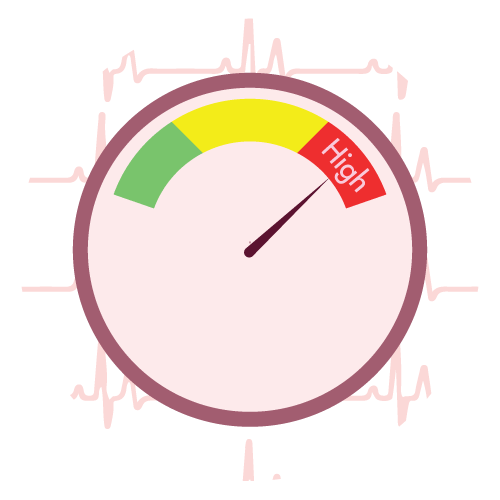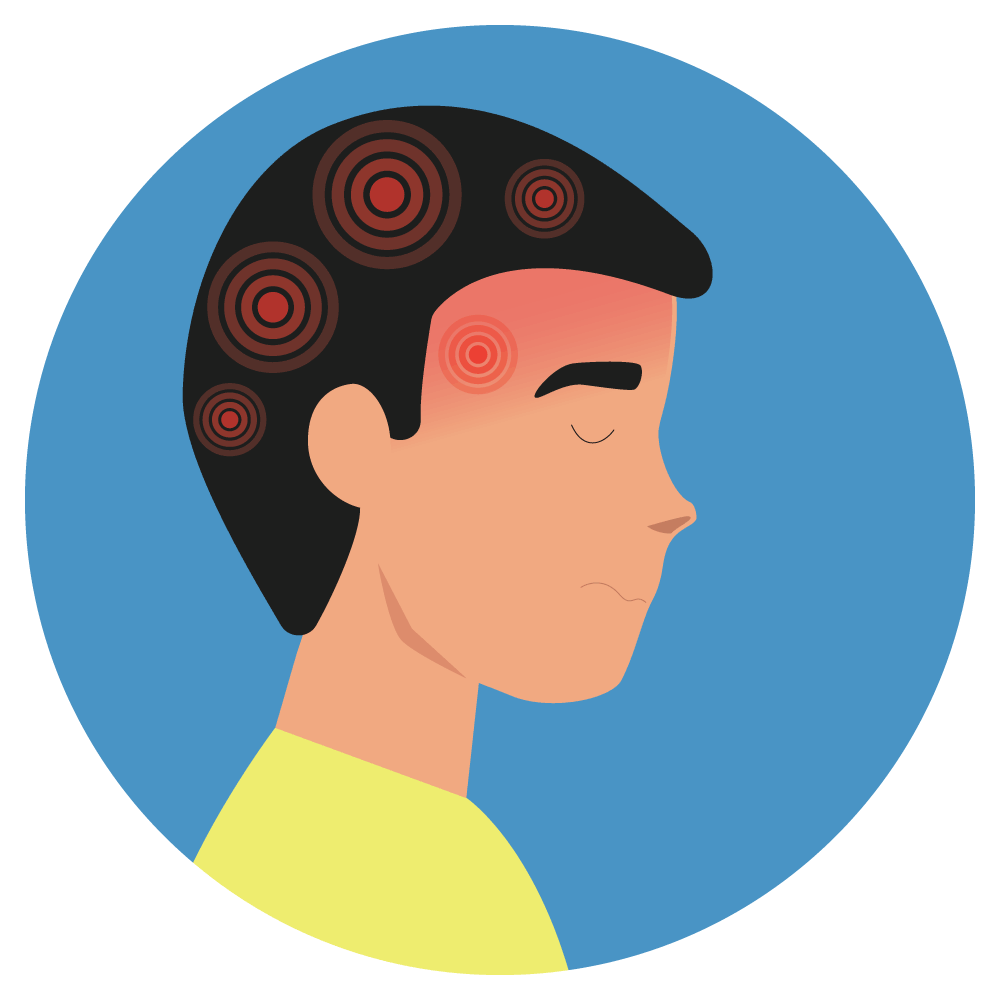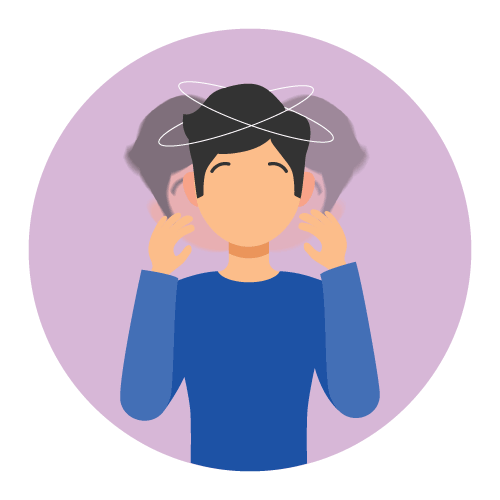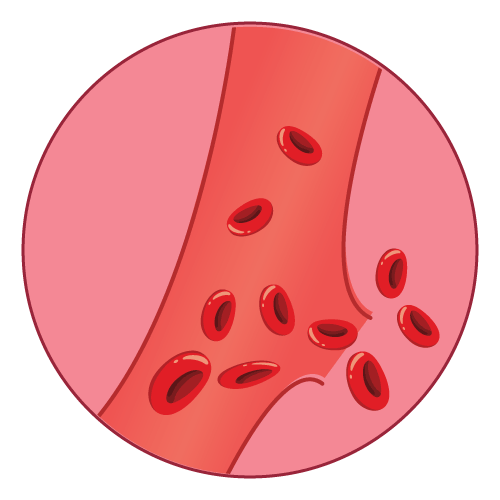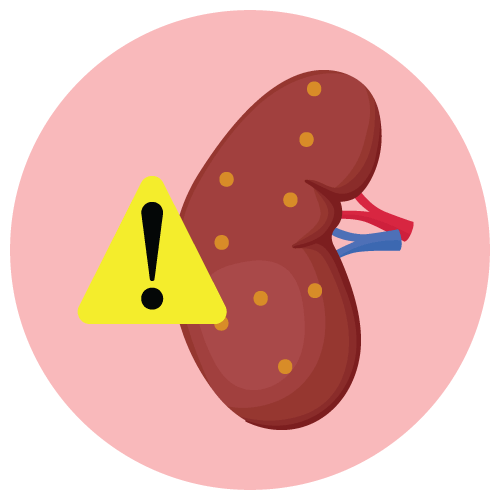| Name | Raubasine |
| Classes |
Cardiovascular Agent Vasodilator |
| Diseases |
Raubasine
Raubasine is a prescription medication classified as a cerebral vasodilator. It acts as a selective antagonist of alpha-adrenergic receptors, particularly the alpha-1 subtype. The mechanism of action involves the inhibition of norepinephrine-mediated vasoconstriction in cerebral blood vessels. This leads to improved blood flow and oxygenation in the brain, potentially enhancing cognitive function.
The recommended dosage of Raubasine is 10-30 mg taken orally two to three times daily. The dosage may vary depending on the severity of the condition and individual patient response. It is important to follow the prescribed dosage and adhere to the instructions provided by the healthcare professional.
- Cardiovascular Disorders: Use Raubasine with caution in patients with a history of cardiovascular disorders, including hypotension, arrhythmias, or recent myocardial infarction. The medication may have a hypotensive effect, and blood pressure should be monitored regularly during treatment.
- Bleeding Disorders: Raubasine may have antiplatelet activity, which can increase the risk of bleeding. Caution is advised in patients with bleeding disorders or those taking anticoagulant medications. Close monitoring and appropriate management of bleeding risks are recommended.
- Pregnancy and Lactation: The safety of Raubasine during pregnancy and lactation has not been established. It is not recommended for use in pregnant or breastfeeding women unless the potential benefits outweigh the risks. Consult a healthcare professional before using Raubasine in these situations.
- The safety and efficacy of Raubasine in children have not been established. Its use in the pediatric population is not recommended.
- Drug Interactions: Raubasine may interact with certain medications, including antihypertensive drugs and other cerebral vasodilators. Concurrent use of these medications may potentiate the hypotensive effects. Close monitoring and appropriate dosage adjustments may be necessary when using Raubasine in combination with other drugs.
Contraindication
Raubasine is contraindicated in Known hypersensitivity or allergy to Raubasine or any of its components.
None known.
Raubasine is contraindicated in the following situations:
- Acute hemorrhage or recent cerebral hemorrhage.
- Severe hypotension or shock.
- Severe renal impairment or end-stage renal disease.
 Bangla
Bangla English
English